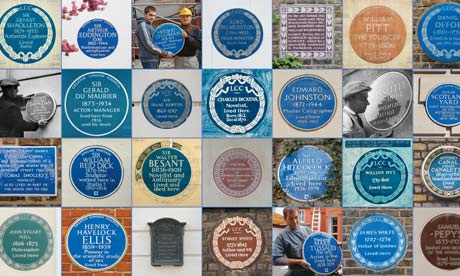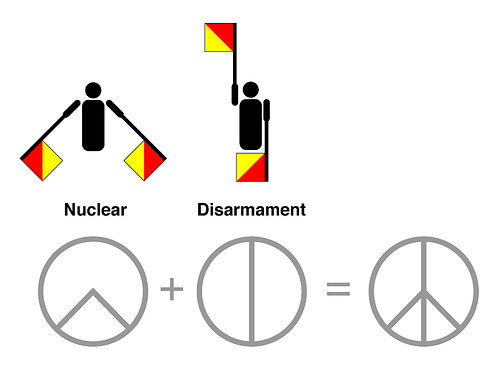Walter Southgate was a member of Hackney Trades Council and the Social Democratic Federation at the turn of the Century. He remembers:
“We wanted to stir up the middle classes. So we organised a corps of men; we all put on masks and with George Oram, who was a very tall painter, leading us with a red flag on a long pole, we walked all around the toffee-nosed areas of Hackney”. Many carried placards with various slogans on while “one bloke had a kettle drum and another had a bugle.”
(From Rebels With a Cause: The History of Hackney Trades Council 1900-1975 by Barry Burke)

Walter expands on this in his excellent autobiography “That’s The Way It Was” (New Clarion Press, 1982):
In a local effort at Hackney during this pre-war period, I remember the local socialists decided that only shock tactics would frighten the smug middle class voters out of their skins. It was an easy salve to their consciences by constantly saying that the unemployed were work shy; therefore, shocks would get some at least to appreciate the dangers and explosive nature of social discontent.
George Oram, a veteran of the Boer War, was to lead a poster parade through the wealthier parts of Hackney and I was deputed to prepare the posters, the markings on which would be skull and cross bones, skeletons, starving children and other macabre stuff.
There were 12 of us, with George at the head wearing his medals and carrying a large red flag, the latter calculated to send shivers down the spines of comfortable drawing room viewers. Each sandwichman carried a poster fore and aft and wore a mask for fear of victimisation. At the rear of the procession a comrade blew a blast on his bugle at intervals.
In the meanwhile any unemployed fellows were ostentatiously busy ringing at door bells and pushing handbills into letterboxes explaining that unemployment was a social responsibility and could not be salved or solved by charity and soup kitchens but by government action. We carried no collection boxes as a sign of our sincerity.
As a publicity stunt, with a moral and educational purpose, this was something new and it brought us many recruits from this quarter of the borough.
There is a brief and very interesting biography of Walter Southgate by our comrades at Hayes Peoples History here.
I’ve not been able to find out more about George Oram or the slogans, yet…
(The UK anarchist group Class War organised “Bash The Rich” marches in the eighties, commencing with one on Kensington on May 11th 1985 – and the revived the tactic in 2007 with a march through Notting Hill. Class War’s inspiration was from the American anarchist Lucy Parsons though.)









